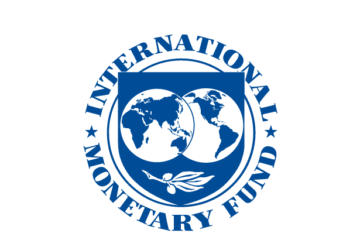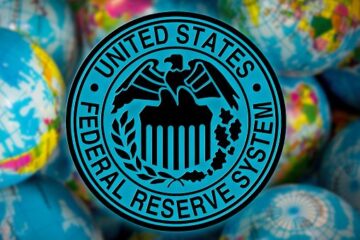Tesla investors got the good bit of news they were looking for Tuesday afternoon when CEO Elon Musk announced that he would be increasing his time at Tesla while scaling back his involvement at the Department of Government Efficiency.
The agency tasked with finding waste, fraud and abuse in the government has a great foundation, according to Musk, and so it’s time for him to hand the reins off to someone else to lead the effort.
💵💰Don’t miss the move: Subscribe to TheStreet’s free daily newsletter 💰💵
Musk has claimed that DOGE would save taxpayers as much as $2 trillion, but that number has been revised downward several times.
During the March State of the Union address, President Donald Trump spent five minutes praising the work DOGE had already done, including finding $22 billion in funding for the Department of Health and Human Services to provide free housing and cars for illegal aliens, $45 million for DEI scholarships in Burma, and money to change frogs to transgender.
Related: Owning a car is about to get a lot more expensive
Trump even claimed that DOGE had already found “hundreds of billions of dollars of fraud” as Musk basked in his second standing ovation of the night.
However, since then, Musk has severely lowered his sights. DOGE now aims for just $150 billion in savings by fiscal 2026, short of the hundreds of billions Trump claimed he saved.
None of that matters to Tesla investors; all that matters is that Musk gets back to devoting most of his time to Tesla.
The Cybercab isn’t coming anytime soon.
Sjoerd van der Wal/Getty Images
Tesla Cybercab isn’t ready yet
Last year, the world finally got a glimpse of Elon Musk’s vision of a fully autonomous future when Tesla unveiled the Cybercab last October.
Optimus robots served drinks at the event on the Warner Bros. backlot in Los Angeles, and millions watched online as an army of gold, gull-wing doored coupes with no drivers, acceleration, or brake pedals queued up to take drunk passengers enjoying a night out home safely.
While the tech behind the autonomous driving technology was the obvious star of the show, the appearance of the futuristic, concept car-looking Cybercab also caused a stir.
Fresh off the launch of the Cybertruck in November 2023, Tesla seemed to have just unveiled its next big hit.
Tesla has since promised that its robotaxi program, which it says would allow users to earn passive income by having Teslas run autonomously as taxis, would begin testing the streets of Austin, Texas, this summer.
Musk reiterated that promise during Tuesday’s call, but he also provided some bad news for people who were looking forward to the Cybercab.
“We should parse out the terms for robotic taxi or robo taxi. We’ve got a product called a Cybercab, and then any Tesla, which could be an S, 3, X, or Y – that is autonomous, is a robotic taxi or robo taxi,” Musk said before immediately adding that the whole thing was “very confusing.”
But the bottom line seems to be that if you own a Tesla with FSD capabilities, your vehicle could potentially be a robotaxi, starting in June in Austin.
Related: More surprising China news hits Tesla stock
But the Cybercab you saw in 2024 won’t be part of that fleet.
Musk didn’t give a timeline for when we might see the vehicles; he only mentioned them to “disambiguate” them from the term ‘robotaxi’.
Tesla rises despite crumbling fundamentals
Cybercab or no Cybercab, Musk will have tons of work to catch up on once his focus is back on Tesla.
The company was forced to slash prices last year to work through a backlog of inventory. The strategy seemed to work, especially in the weeks following the November 2024 election.
More Tesla news:
Analyst slashes Tesla price target for an unexpected reasonGeneral Motors is set to overtake Tesla in one key areaTesla, Elon Musk make drastic decision amid U.S.-China trade war
However, 2025 hasn’t been as kind to the company, and Musk even acknowledged that his political activism was costing it in the short term.
Tesla reported a 20% year-over-year drop in automotive revenue to just under $14 billion, as global deliveries fell 13%.
Tesla reported overall revenue of $19.34 billion with adjusted earnings of 27 cents per share. Analysts were expecting revenue of $21.43 billion with earnings of 44 cents per share.
Despite the disastrous quarter for fundamentals, the stock jumped more than 5% in after-hours trading during the earnings call.
Related: Veteran fund manager unveils eye-popping S&P 500 forecast


